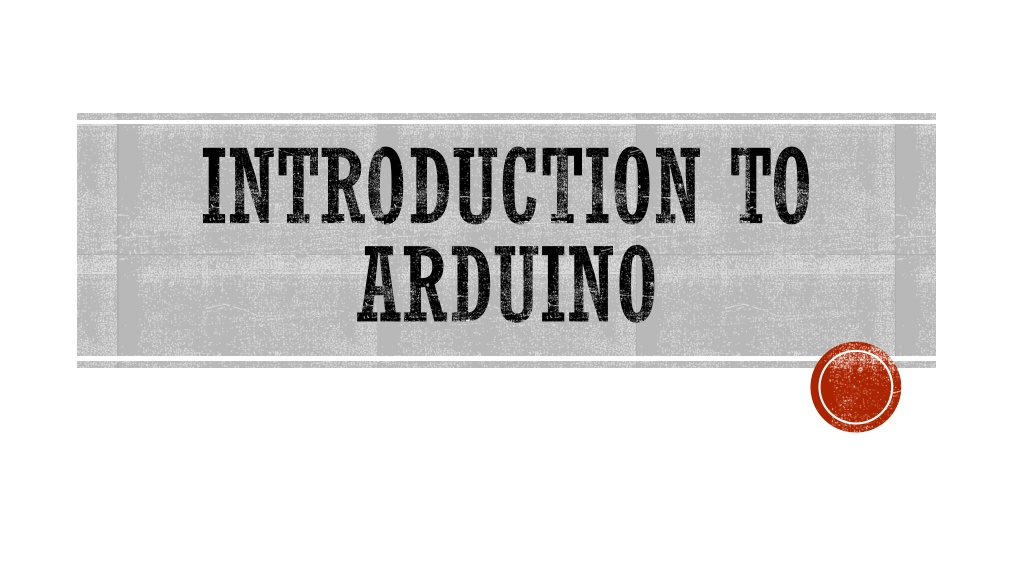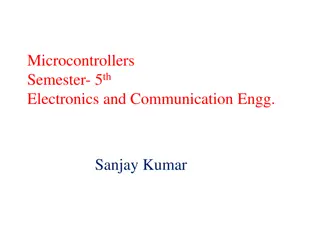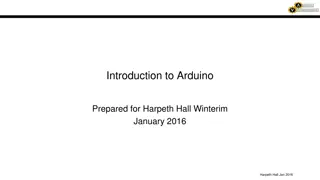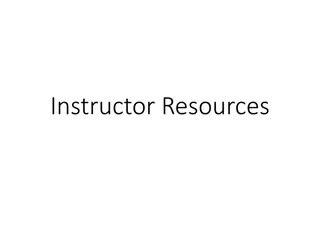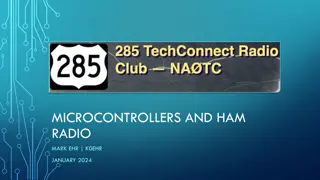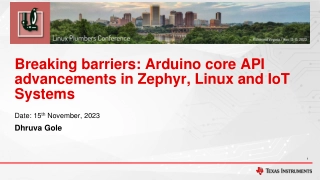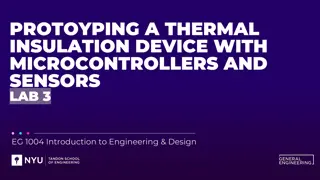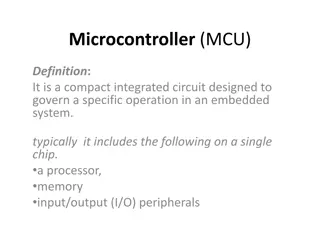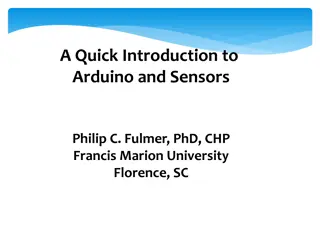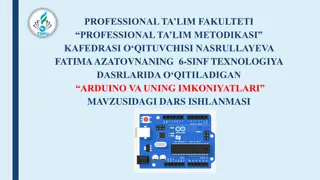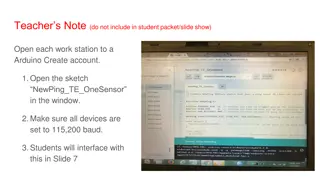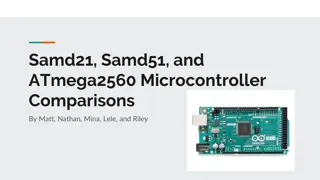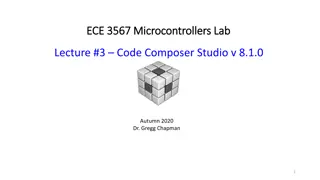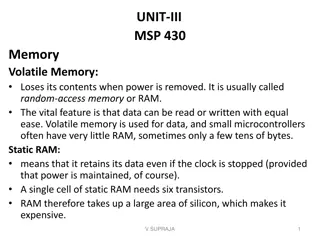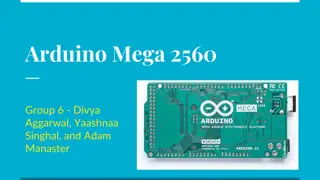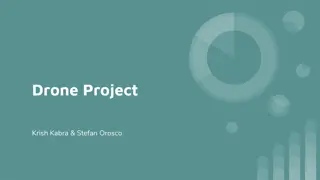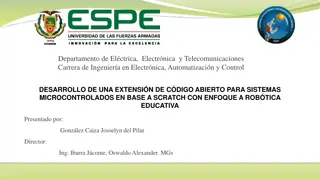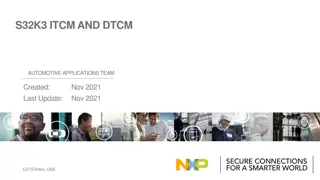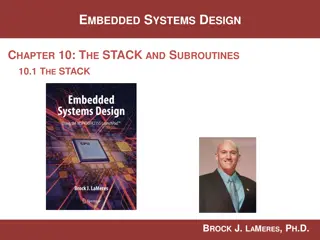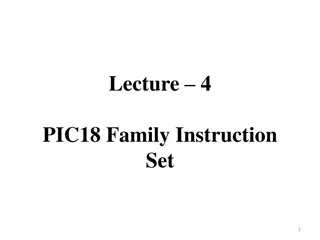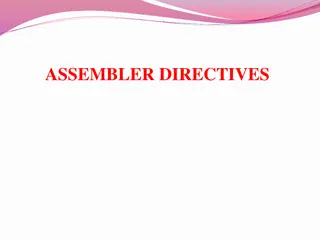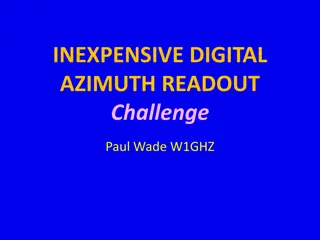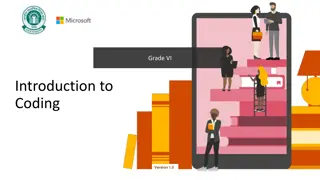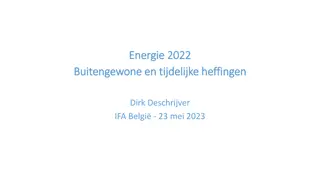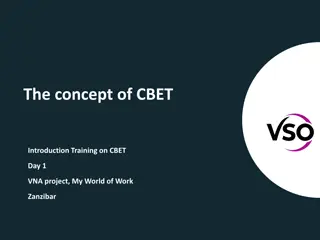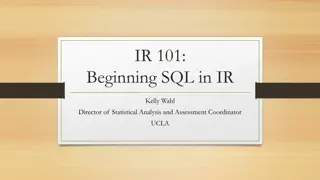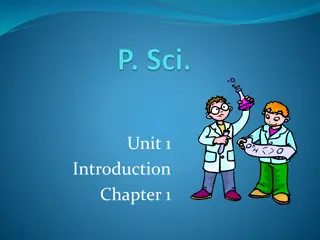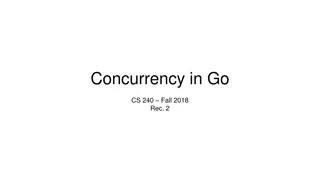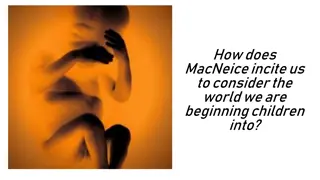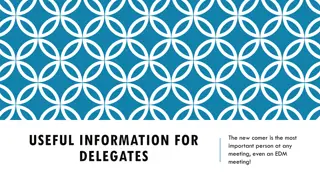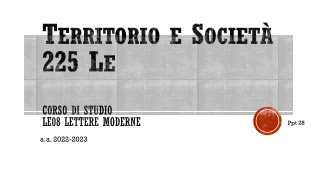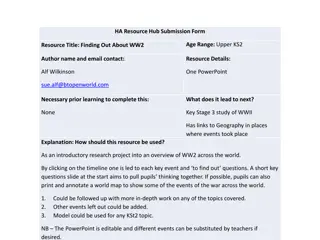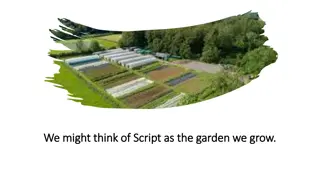Explore the World of Arduino: An Introduction to Microcontrollers
Dive into the fascinating realm of Arduino microcontrollers, the go-to tool for artists, hobbyists, and students alike. Discover the versatility and power of Arduino boards, learn about the Arduino Uno, different types of Arduino boards, and how to code in Arduino using the IDE across various platforms. Unleash your creative potential with Arduino and kickstart your electronics projects today!
Download Presentation

Please find below an Image/Link to download the presentation.
The content on the website is provided AS IS for your information and personal use only. It may not be sold, licensed, or shared on other websites without obtaining consent from the author. Download presentation by click this link. If you encounter any issues during the download, it is possible that the publisher has removed the file from their server.
E N D
Presentation Transcript
INTRODUCTION TO ARDUINO
ARDUINO Arduino is the go-to gear for artists, hobbyists, students, and anyone with a gadgetry dream. Arduino rose out of another formidable challenge: how to teach students to create electronics, fast. With Arduino, you can control almost everything around you be it simple LED or giant Robots. 2 Pune Makers ( http://www.meetup.com/Pune-Makers/ )
ARDUINO Basically Arduino is Microcontroller. Microcontroller is microprocessor with memory, RAM and some other peripheral connected with it. The Arduino Uno is a microcontroller board based on the ATmega328 . The ATmega328 has Flash memory of 32 KB (with 0.5 KB used for the bootloader). It also has 2 KB of SRAM and 1 KB of EEPROM 3 Pune Makers ( http://www.meetup.com/Pune-Makers/ )
DIFFERENT TYPES OF ARDUINO Boarduino Kit Arduino LilyPad DIY Arduino Arduino Uno Arduino Mega 2560 4 Pune Makers ( http://www.meetup.com/Pune-Makers/ )
ARDUINO UNO What does it have? 14 Digital In/Out pins (6 can be used as PWM) 6 Analog Inputs A USB Connection A Power Jack Reset Button On-board LED SCL/SDA pins (Serial Clock/ Serial Data pins) In short, it contains everything needed to support the microcontroller; simply connect it to a computer with a USB cable or power it with a AC-to-DC adapter or battery to get started. 5 Pune Makers ( http://www.meetup.com/Pune-Makers/ )
USB PWR IN (to Computer) RESET SCL\SDA (I2C Bus) POWER 5V / 3.3V / GND Digital I\O PWM(3, 5, 6, 9, 10, 11) Analog INPUTS 6 Pune Makers ( http://www.meetup.com/Pune-Makers/ )
HOW TO CODE IN ARDUINO You need to download Arduino IDE (Integrated Development Environment). Arduino IDE is available for all Mac, Windows.and Linux. 7 Pune Makers ( http://www.meetup.com/Pune-Makers/ )
HOW TO CODE IN ARDUINO Once you have downloaded and installed/extracted the folder, you can directly run Arduino.exe, which will take you to its IDE. The IDE will look like the shown screenshot. error & status messages 8 Pune Makers ( http://www.meetup.com/Pune-Makers/ )
PROGRAM YOUR ARDUINO Before you start programming, double check that correct board is selected under Tools Board. Now, you can start playing with Arduino. 9 Pune Makers ( http://www.meetup.com/Pune-Makers/ )
PROGRAM YOUR ARDUINO The Arduino Uno can be programmed with the Arduino software. Select "Arduino Uno from the Tools > Board menu (according to the microcontroller on your board). All the peripheral connected with Computers are using Serial Port. You can check port for Arduino Uno in Device Manger. 10 Pune Makers ( http://www.meetup.com/Pune-Makers/ )
INPUT VS OUTPUT 11 Pune Makers ( http://www.meetup.com/Pune-Makers/ ) Image from Theory and Practice of Tangible User Interfaces at UC Berkley
6 MAJOR CONCEPTS digitalWrite() analogWrite() digitalRead() If (statements) / Boolean analogRead Serial Communication 12 Pune Makers ( http://www.meetup.com/Pune-Makers/ )
ANALOG VS DIGITAL Microcontrollers are digital devices ON or OFF. Also called discrete. Analog signals are anything that can be a full range of values. 5 V 5 V 0 V 0 V 13 Pune Makers ( http://www.meetup.com/Pune-Makers/ )
ANALOG VS DIGITAL Analog Sensors Digital Sensors Digital sensors are more straight forward than Analog. No matter what the sensor there are only two settings: On and Off Sensors Mic Photoresistor Potentiometer Temp Sensor Flex Sensor Accelerometer Variables soundVolume lightLevel dialPosition temperature bend tilt/acceleration Example, Push button, Switch 14 Pune Makers ( http://www.meetup.com/Pune-Makers/ )
SERIAL COMMUNICATION Serial because data is broken into bits, each sent one after another in a single wire. Compiling turns your program into binary data (ones and zeros) Uploading sends the bits through USB cable to the Arduino The two LEDs near the USB connector blink when data is transmitted. RX blinks when the Arduino is receiving data. TX blinks when the Arduino is transmitting data 15 Pune Makers ( http://www.meetup.com/Pune-Makers/ )
PROJECT #1 LED BLINK digitalWrite() 17 Pune Makers ( http://www.meetup.com/Pune-Makers/ )
Upload Compile Status Message 18 Pune Makers ( http://www.meetup.com/Pune-Makers/ )
THANK YOU Pune Makers 16th May 2015
